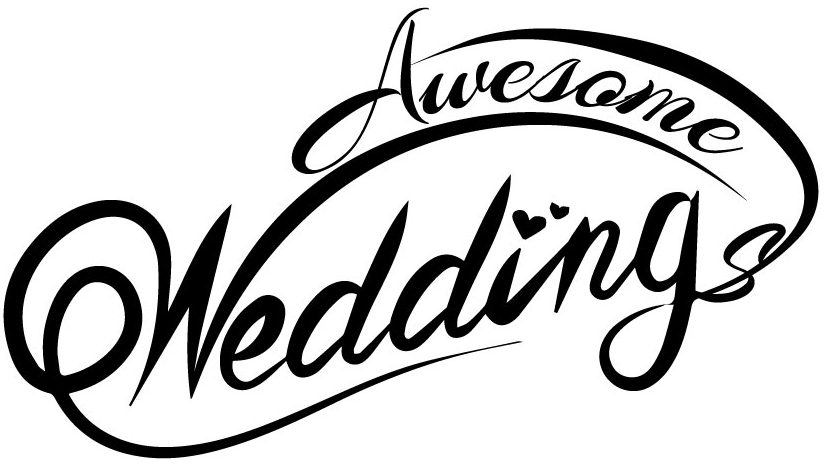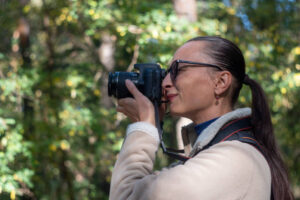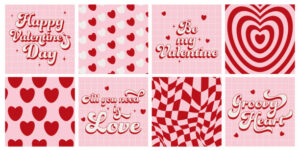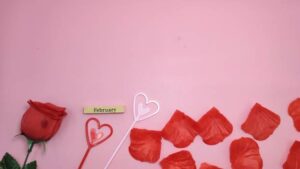How To DIY Your Wedding Flowers: Centerpieces & Arrangements

Have you seen the latest episode of our IGTV this morning? We’re sharing the premiere episode, How To DIY Your Wedding Flowers Centrepieces & Arrangements Version.
If you’re looking for a budget-friendly solution, or maybe you’re a creative person who loves flowers and wants to add a touch of ‘you to the wedding décor Learning to make your wedding flowers is engaging, therapeutic, and enriching.
As an avid amateur, I must say that it is possible to get accomplished, even if you’re new to the sport. In my opinion, it requires the right equipment, plenty of practice, watching instructional videos, and the willingness to put aside the belief that it must be flawless.
If you plan to make your floral arrangements for your wedding, we recommend testing centerpieces and deals before you go. Why? Due to their static nature, with the stems resting comfortably in your vessel or vase, it’s simple to take a break and relax in case you’re anxious.
We’ll continue to update our IGTV and Reels’ content with new DIYs for flower ideas, tutorials, and inspiration. You can browse all the tools you’ll need, including how to pick and arrange your flowers, and many professional wedding florists offer tutorials for free and paid.
Supplies
Low vessel: You can use a basic salad bowl or the low pedestal vase and planter in your kitchen. I love shopping for vintage pedestal vases & compote bowls on Etsy (particularly Haeger pottery!). There are also beautiful containers for flower arrangements on the Afloral website.
Flower FrogVersatile and reusable flower frogs are the OG floral arrangement that is eco-friendly and highly efficient. There are various types, including pin frogs commonly employed in Ikebana arrangements, hairpin frogs, which are currently very popular with florists, and glass frogs from the past. Each one functions differently for different stems, but you can use any of them for your centerpiece. We’ve purchased several vintage and new flower frogs from Etsy.
The Floral PuttyTo attach your flower frog at the vessel’s bottom. Floral Putty is available as a brick or cuttable tape.
Chicken WireAdding the stems with more strength throughout your arrangement, you can buy chicken wire at the local hardware store or on the internet. I prefer the green vinyl-coated wire because it’s less abrasive to manipulate with your fingers, and also, the green color helps to make it disappear in the arrangement. Like your brand new flowering frogs, chicken wire can be reused and environmentally friendly.
Waterproof TapeTo hold your chicken wire in the right place. I prefer using the thin blue duct tape so it’s not visible in the layout.
Cute Floral Snips and Pruners For giving your stems a new cut before you put them in your arrangements. They can be purchased from your local garden center, hardware store, and often your local grocery store. They are also available virtually everywhere on the internet.
Flowers! Always buy more flowers than you need because some stems can break and bend. Don’t be fooled; your bouquet will grow to the size of the bowl you’re using! Visit the local farmers’ market and florist shops for local flower arrangements to help reduce shipping emissions. Grocery stores usually offer local farmers’ flowers as well! If you’d like to keep dried flowers in your home for your arrangements, you can buy flowers on Etsy and Afloral.
How to Choose Your Flowers
The world of flowers is huge, and with readers from all over the globe, each with their local flowers and climates, We’ve opted to provide an adaptable guideline and inspiration for the types of flowers we recommend to include in your floral arrangements. For each of the categories, you can use a variety of flowers. We strongly recommend (as already mentioned) staying as local and seasonally appropriate as possible. And be sure to visit your yard in the garden for flowers, plants such as vines, herbs, and more!
Structural Flowers and Greenery: To create ‘the shape or framework of your arrangement, you’ll need a longer stem of flowers or greenery. Examples of vegetation: Eucalyptus, foraged branches and leaves, Berry branches, Salal, Evergreen, Grapevines, Basil, and Mint. Flower examples: Cherry Blossom branches, Dogwood branches, Lilacs, Forsythia, Delphinium, Snapdragons, Larkspur.
Flower Supporting: Use supporting flowers to complete the arrangement and the “set up” space where the focal flower shines. Flowers that support your focal flower can be anything!
The Focal Flower: The flower that you’re most in love with and the one you’d like to show your guests is your central flower. They can be any flower! For example, I enjoy showing off tulips, especially when others could use them to create support flowers or even as ‘dancy designs with textural elements. A lot of designers will choose their largest bloom as the central flower. Think of Peonies, Dahlias, Lillies, Anthurium Orchids, and a gorgeous Rose.
Flower Textures, foliage, and grasses: These flowers dance throughout the arrangement, creating motion and texture. Imagine whimsical, delicate flowers, vegetation, and grasses. I love using things such as Queen Anne’s Lace, Chive Flower, Oregano, Bachelor’s Button, Billy’s Button, Chamomile, Amaranth, Gomphrena, Dried Grasses & of course, tiny puffs of Baby’s Breath.



